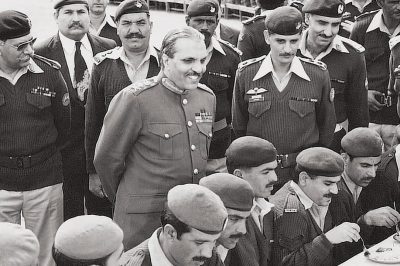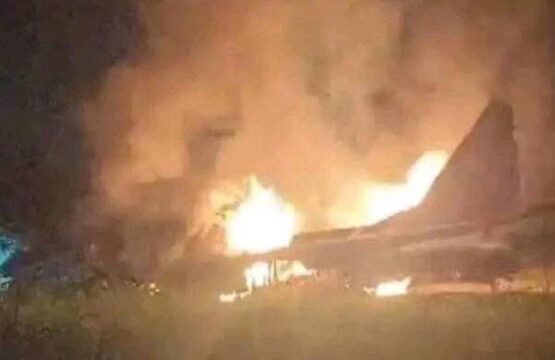The death of Pakistan’s President General Zia-ul-Haq in a plane crash on August 17, 1988, was a watershed moment in the country’s history. Since taking power in a military coup in 1977, Zia-ul-Haq has been a prominent figure in Pakistani politics. Strict martial law, Islamization of the state, and allegiance to the U.S. throughout the Cold War were characteristics of his regime.
His death in the jet accident, along with that of several other prominent officials, is still shrouded in mystery and speculation. The crash occurred near Bahawalpur, Pakistan, and assassinated not only Zia-ul-Haq but also Arnold Raphel, the US Ambassador to Pakistan, General Herbert M. Wassom, the Head of the U.S. military mission in Pakistan, General Akhtar Abdul Rahman, a close advisor to Zia-ul-Haq and former ISI Chief, and many others. The scale of the loss was shocking and sent shockwaves worldwide.
The occurrence is still shrouded in mystery, with several theories concerning the circumstances of the accident. This article explores the intriguing possibilities of the Zia-ul-Haq jet disaster and the roiling conspiracy theories that have fueled speculative thinking for decades in light of investigators’ failure to produce a definite reason.
Numerous conspiracy theories
The precise cause of the plane crash has not been determined after multiple investigations. The lack of a decisive judgment has given rise to several conspiracy theories, each of which paints a different picture of the incident.
US-Supported Assassination: According to a well-known claim, the U.S. may have been responsible for the crash to eliminate Zia-ul-Haq following the Afghan War. Some people saw Zia as threatening American interests because of his expanding regional power and influence.
KGB’s Vendetta: A second theory holds that the KGB planned the accident, the espionage service of the Soviet Union. According to the notion, the KGB sought vengeance for the Soviet defeat in Afghanistan and punished Pakistan’s ISI for its role in the Afghan conflict.
Alleged Involvement of Mossad: John Gunther Dean, a former U.S. Ambassador to India, blamed Israel’s Mossad for the attack. Dean asserted that Zia’s murder may have been planned by Mossad to keep him from influencing US foreign policy, particularly in the Middle East.
Read More: Populism and Turmoil: The Impact of Populist Leadership on Law and Order
Absence of Clear Evidence
Many investigations were carried out to learn the truth about the catastrophe; however, they have yet to produce definite conclusions. Inconsistent reporting, dubious facts, and geopolitical reasons spurred speculations and theories. According to some sources, specific investigative reports were hidden, adding to the mystery.
The 1988 Zia-ul-Haq airline disaster is still a mystery, a riddle with unsolved components that have captured the attention of academics, journalists, and conspiracy theorists alike.
The ongoing controversy over the crash’s causes serves as a reminder of how complicated historical events can be and the scope of their ramifications. The facts behind this horrific tragedy may never be revealed, reminding us of the complex web of politics, power, and secrets that defines our society.
** The opinions expressed in this article are solely those of the author and do not reflect the views or position of World Affairs Insider. The organization neither endorses nor takes responsibility for the content of this article and its accuracy.
IT/Telecom Marketing Specialist.







